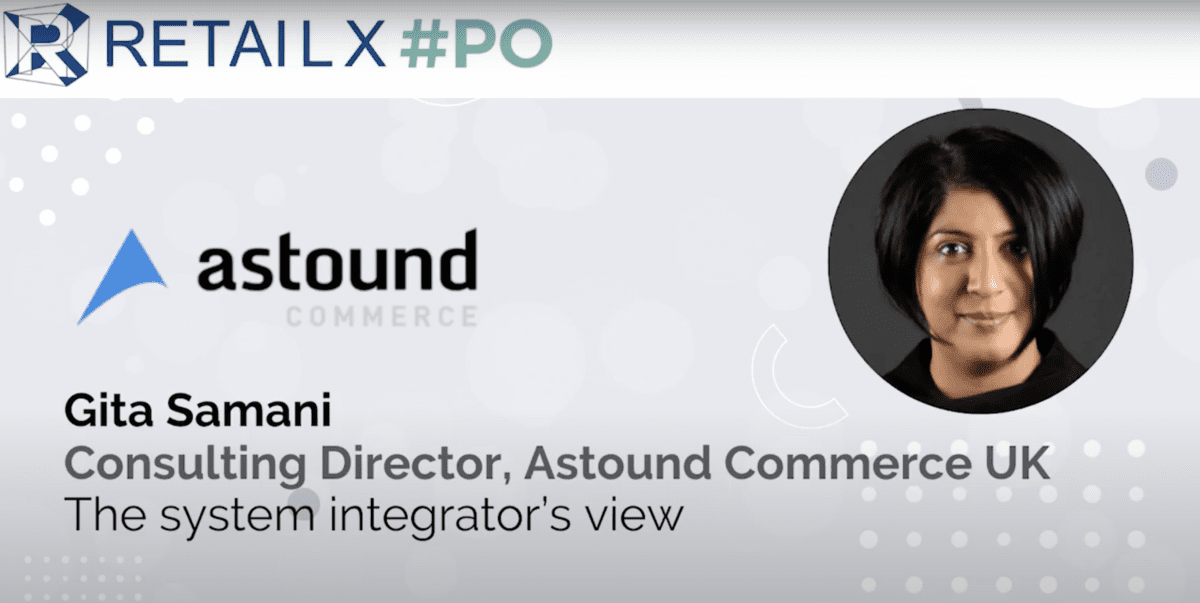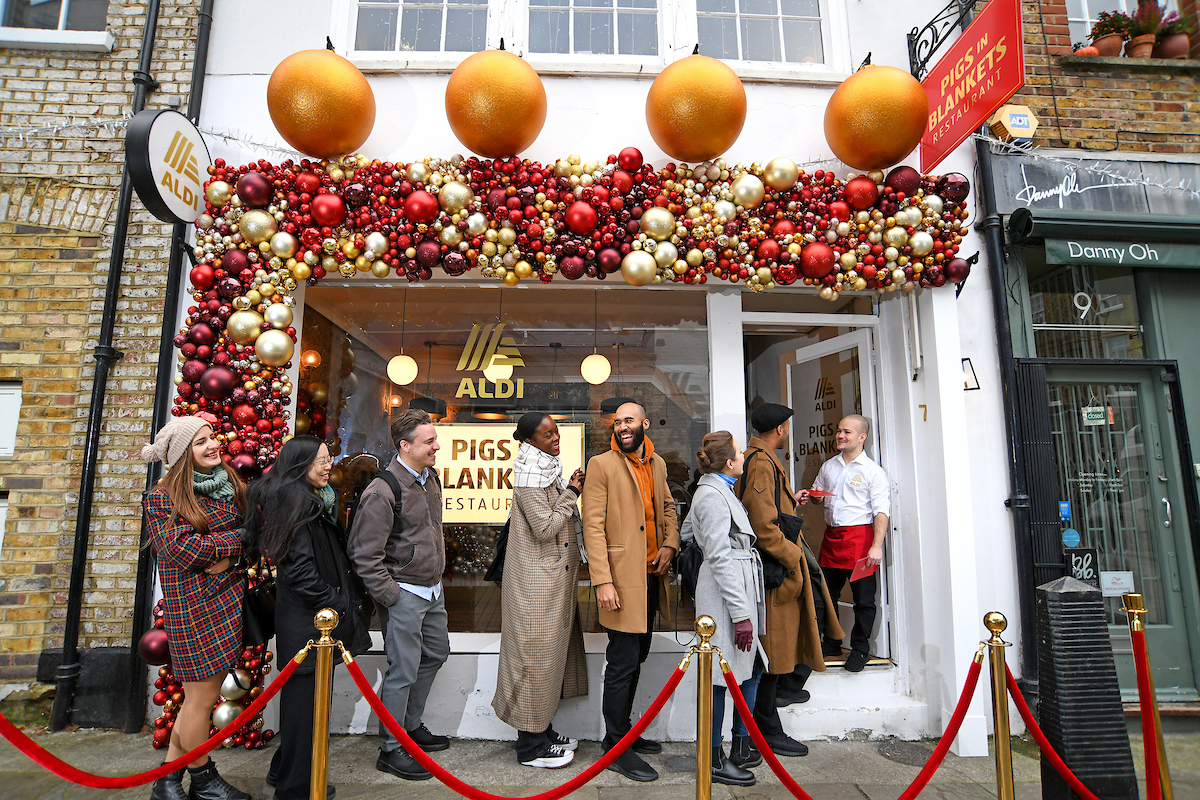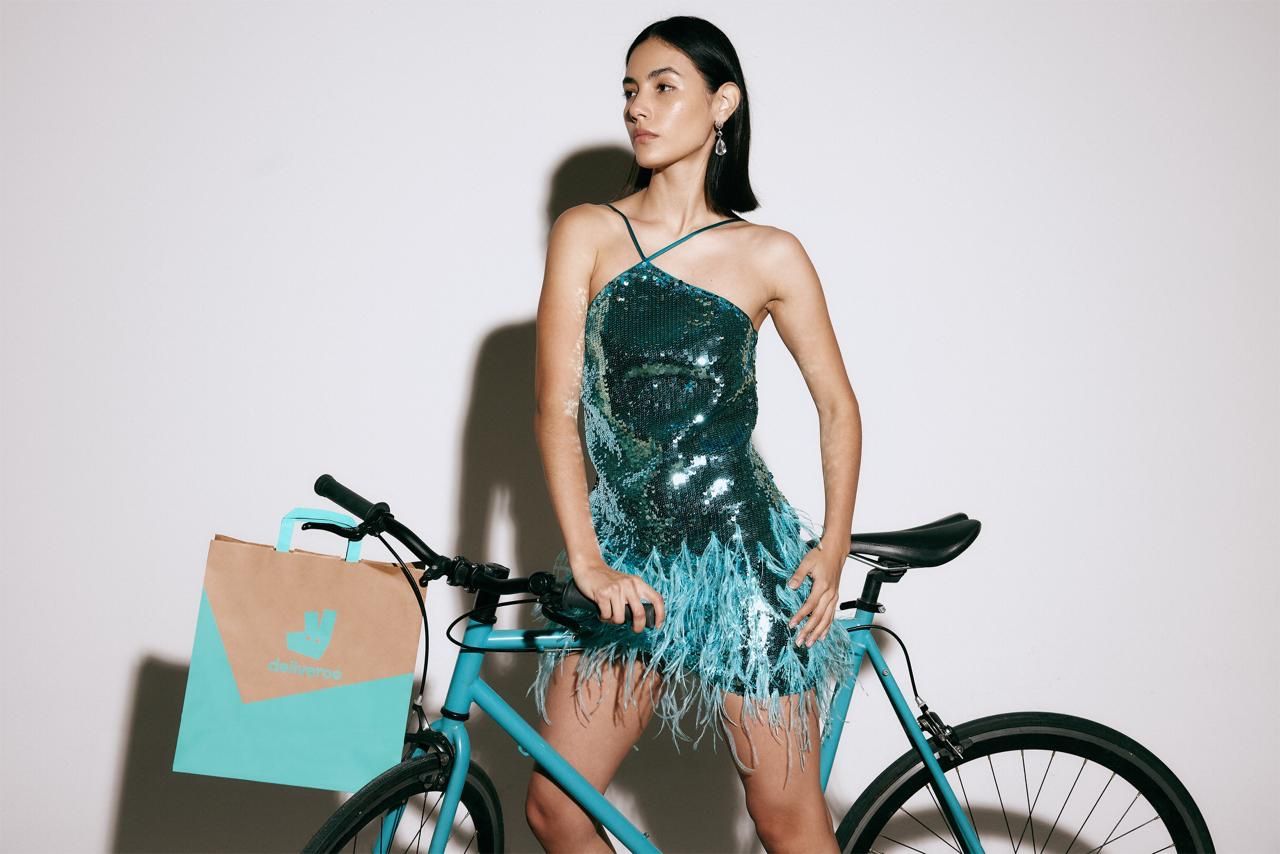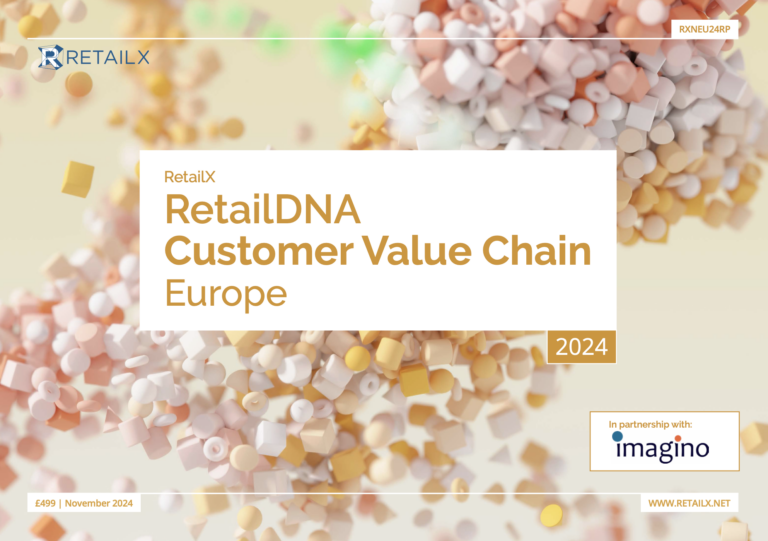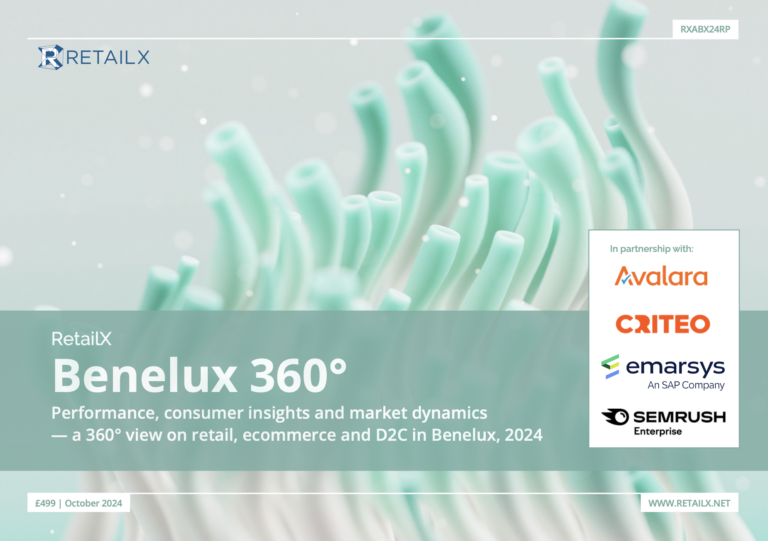As part of our #PO personalisation event, Gita Samani, Consulting Director at Astound Commerce UK, discussed her take on personalisation with Ian Jindal. Astound Commerce is a digital agency that works with hundreds of clients worldwide, as a strategic partner to optimise business objectives and revenues.
With over a decade of experience helping leading retailers, ranging from Selfridges, to Micheal Kors – Samani had plenty of expert insight to share on the topic! Carry on reading to find out what we learnt…
Is personalisation on everyone’s list?
“It is definitely. Let’s get the definition of personalisation on a roadmap outlined first. To some it could mean product personalisation, but in this case here I think we’re talking about personalisation of the user experience using data.
“I think we need to start with what is that concept of personalisation to your business and it’s not necessarily a single piece of technology you can switch on. It’s driven by data from various sources and the experience is what you can make of it with the team you have and what you want to be able to achieve. It can be as simple as ‘Hello Gita’ and welcoming you back to the site, all the way through to a personalised home page, with my previous purchases or what products I may like… a gift on my birthday. It’s so broad.”
How do you help somebody approach personalisation given there are so many options on the market?
“I think you have to start with the KPIs you want to achieve,” Samani explains, breaking it down into two questions:
- What are the business strategies that you want to achieve?
- What are the personalisation strategies to achieve those?
She continues: “Personalisation covers marketing, or it could be someone in the warehouse – it’s obviously on-site personalisation as well, but you could drive from that first customer touch point which maybe all the way offline and understanding how that joins up on that on-site experience to then drive those KPIs. It’s so vast.
“Therefore understanding what the client wants to achieve and that trade versus marketing; is it average order value (AOV) conversion rate, search, or is it recency versus frequency lifetime value? There’s so many things to consider and therefore technology isn’t a one size fits all, it’s an enabler to enable you to do your personalisation strategies. Sometimes you may have to have multiple – sometimes you may only need one.”
On favourite metrics
“Creating an experience for your consumer; whether you’re in fast fashion or whether or not you’re in luxury, there is that underlying element of understanding the data. So 2020, seismic shift, the pandemic has really brought to the floor, the core of understanding customer data and driving behaviours. Personalisation is generally a retention strategy and therefore, how many retailers gain new customers because they went from being in store to online. They gained a whole raft of new shoppers – how are they going to keep them now? What does that retention look like and how are they going to do it?
“So when we see what clients are asking for, some of the more mature clients are really thinking about that data and understanding. For example, getting tools in place to understand that data, to then be able to take the next step which is to drive personalisation strategies.
“It’s not just as simple as creating content, but building it; putting it up there; making sure you’ve got the right segments; learning from it…It requires insight to always be learning. Personalisation is completely functional.”
Where is experimentation at now in terms of the number of segments we can manage and support with a credible commercial offering?
“Again it comes down to the team as well. You could have multiple segments, starting at the top level e.g. male/female. However, really understanding the demographic, the current shopping, the previous shopping behaviour and what they’ve searched for using real-time data to drive some of those experiences – that’s important.
“In the world of CRM, where you do have multiple segments, sometimes it’s really hard to bring those segments back into online because it’s done offline. Having a joined up marketing-tech strategy is really really important and that will make it easier for someone to define that.
“So you’ve got your marketing person on one side, but then you’ve got your trade person who doesn’t want to have to build out 15 different types of categories to support an email campaign, but have something dynamic that can support the different strategies. Therefore the technology plays a part. Joining those two up together and thinking about what those strategies are, that’s important because there’s the driver and there’s the enabler.”
Final advice
“Here’s a bike; pedal harder, try different things, go down different avenues, always test and learn…but do it in a way that’s not creepy. Personalisation can be creepy and there’s a fine line between being creepy and not.”
For more information on RetailX #PO or to register for upcoming discussions, visit xpo.retailx.net/.
